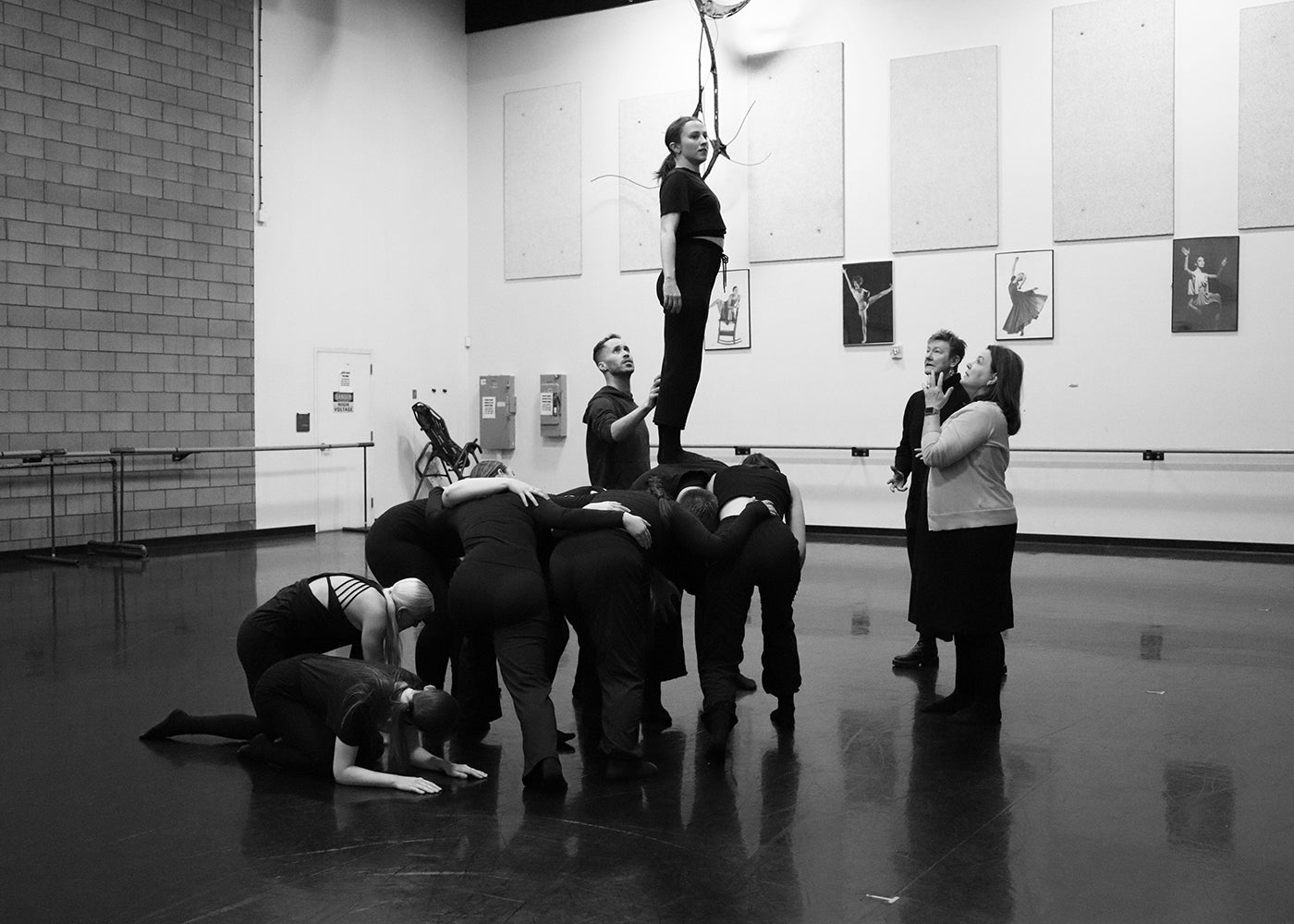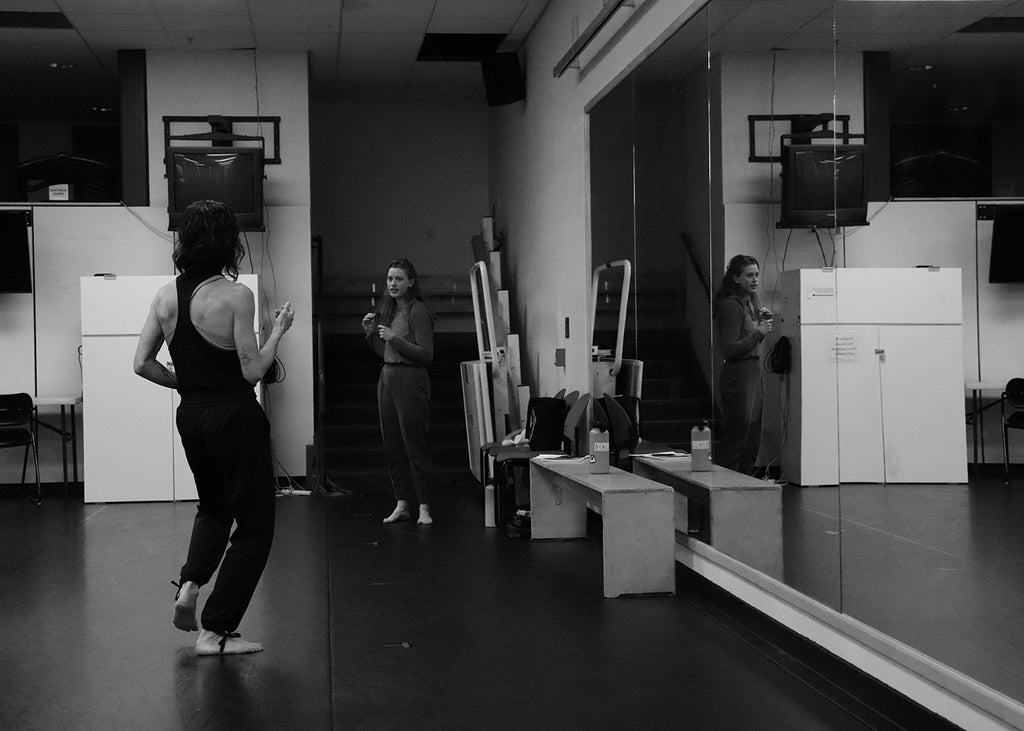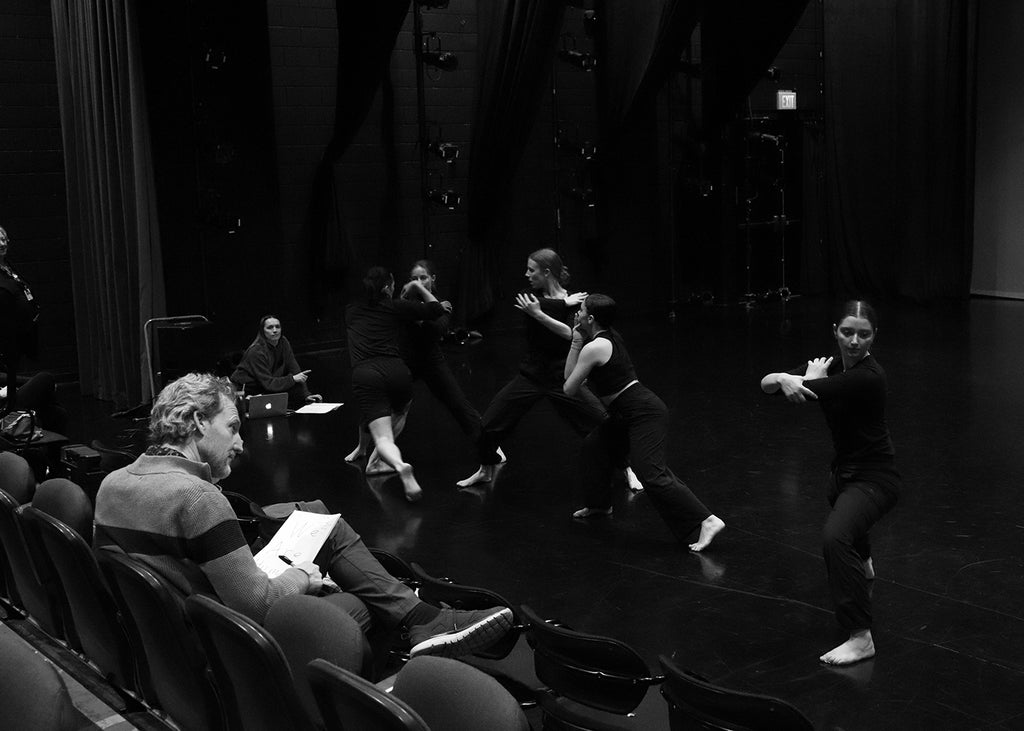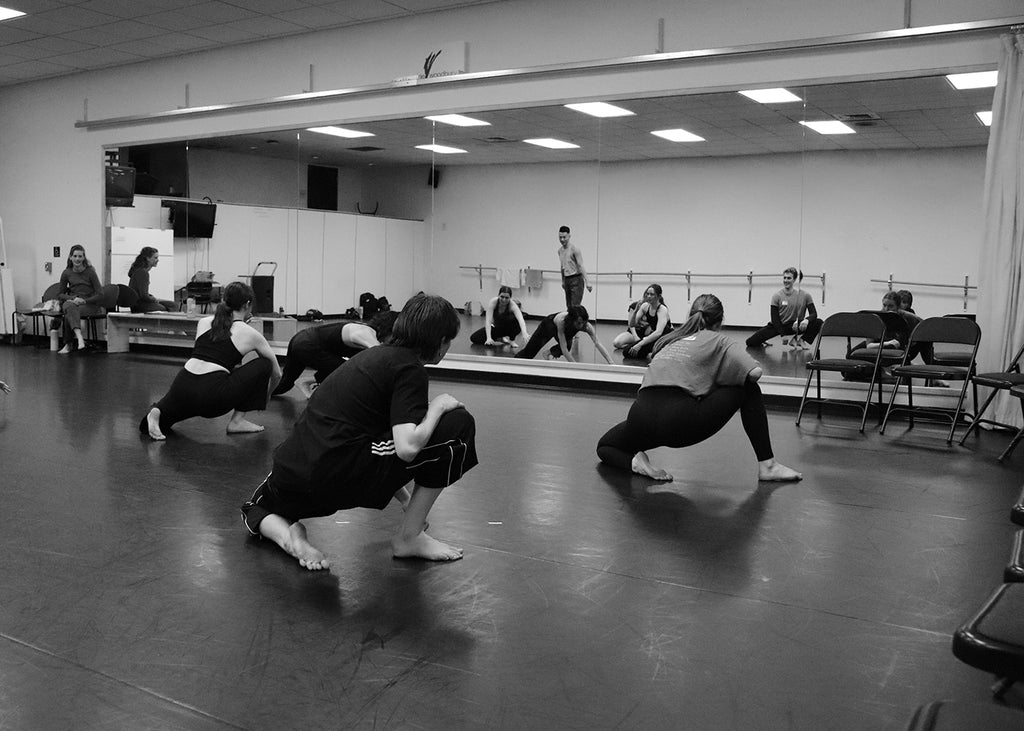Jaffe isn’t the only one of the “Regalia” 2024 choreographers with a connection to RDT or to the wider dance world. Although the rules of the event stipulated that the participants could not be dance professionals, hold dance degrees, or have experience with performance and choreography, each of them do have some sort of dance connection in their past. O’Toole, for instance, has kept dance as a hobby throughout her life, teaching the art form to children and helping out with her own kids’ school productions, as well as taking class with RDT’s Prime Movement, a community dance class for adults aged 40 and up. Loren Lambert, another of the choreographers and an attorney by trade, is also a member of Prime Movement, while Eddee Johansen, a local restaurateur, became acquainted with the dance world through his daughter’s involvement. Abbie St. Vaughan cites dance and choreography as part of her college studies, although she did not ultimately graduate with a dance major or minor.
“I definitely lost that really tight-knit community of dance when I left college,” St. Vaughan says. “It was exciting to see that RDT had opened up “Regalia” to nonprofessionals and it was kind of the perfect opportunity to try to get back into choreography.”
Although, on the day of “Regalia,” the dances themselves came together in just four hours, the choreographers had ample time prior to performance day to brainstorm, plan, and consult with their assigned mentors, a group composed of former RDT dancers, current RDT staff, and local dance professionals. The entire process began in October 2023, with an application and virtual interview. As soon as the choreographers were accepted, fundraising began, with each participant given a $2000 goal.










comments